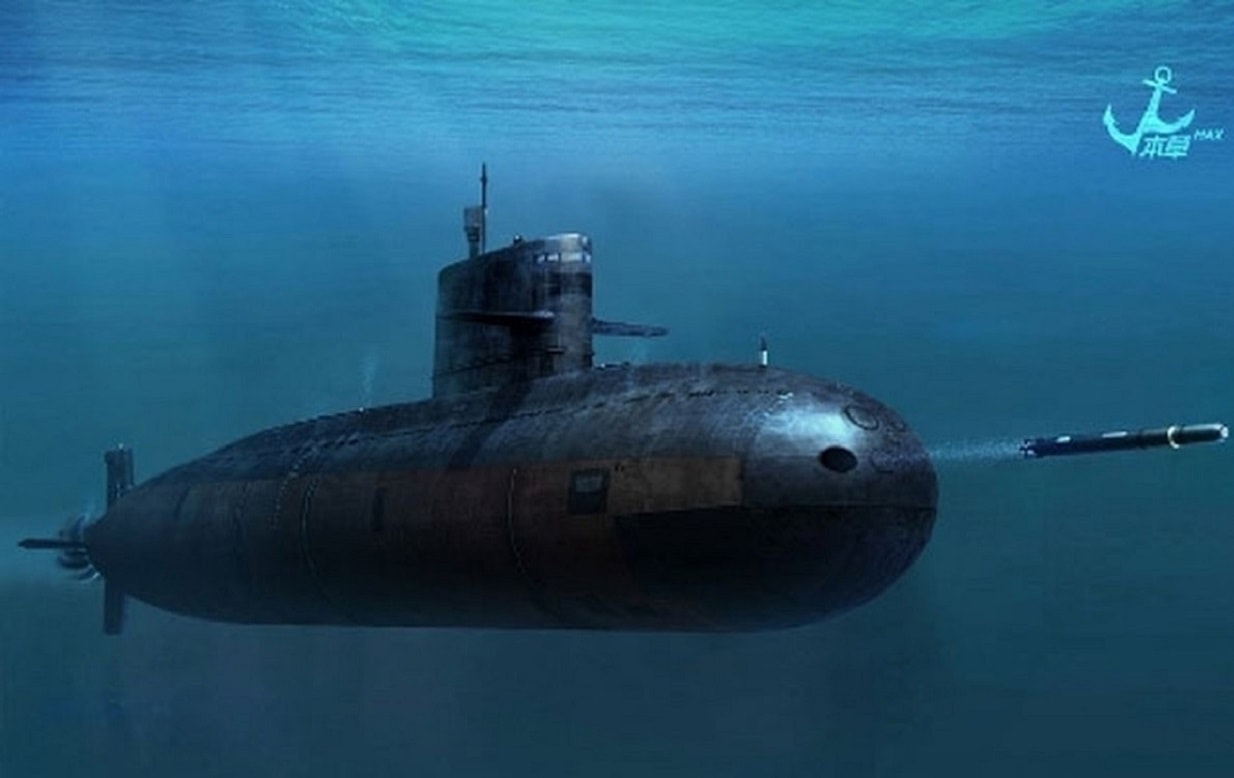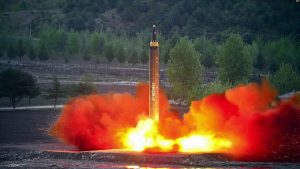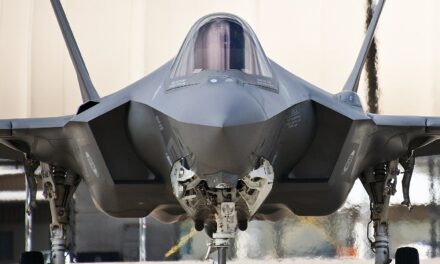We support our Publishers and Content Creators. You can view this story on their website by CLICKING HERE.
The Threat: China’s advancements in undersea warfare are narrowing the gap in dominance once enjoyed by the U.S. Navy.
-The People’s Liberation Army Navy (PLAN) is developing stealthier submarines, like the Yuan-class, and integrating advanced sonar technologies that rival U.S. capabilities. With faster shipbuilding and innovations like shoebox-sized sonar and devices to counter enemy detection, China is pushing boundaries.
-This raises alarms about the erosion of America’s qualitative advantage in subsea warfare, critical for maintaining strategic balance in the Indo-Pacific, particularly as tensions around Taiwan and territorial waters intensify.
Submarine Challenge: What Happened to the U.S. Dominance In Undersea Warfare?
The U.S. Navy has always conducted undersea operations, assuming its submarines are the best in the world and can run swiftly, silently, and deep at all times.
However, near-peer adversaries like China have appeared to be catching up in the last twenty years.
Beijing is developing its own advanced subsea capabilities that could mitigate and reduce American dominance.
Let’s examine how much America’s biggest rival is progressing in its undersea technology and examine its efforts to eliminate the Navy’s advantage in stealthiness.
China Forges Ahead Even When It Has Setbacks
China is getting better at undersea warfare. Granted, one of its new subs sank this year when it was docked and under construction, which is a huge embarrassment, but other Chinese submarines have been greatly improved. Its attack boats and boomers are stealthier and have better sensors and weapons.
Submarines As a Tool of Statecraft
China is releasing a video of its attack subs launching ballistic missiles to coincide with America’s attempts at diplomatic relations with the Middle Kingdom. This year, U.S. Secretary of State Antony Blinken visited Beijing to try to improve the dialogue between his country and China, only to see the Chinese release a video of a submarine-launched ballistic missile rising out of the sea. China also periodically surfaces its subs near Taiwan to show that it could easily surround the island and attack or blockade it.
Regional, If Not Global, Dominance
We know about the growth of the Chinese aircraft carrier program but less about its submarines due to the difficulty of following undersea assets in the open-source literature. Like with all of its military efforts, China is ambitious when it comes to its navy, and subsea warfare is an important component of its strategy for regional dominance.
Are They Best at Shipbuilding?
One advantage the Chinese have is in shipbuilding. New submarines are often being built and deployed faster than in the United States. China often plays its cards to maximize its undersea technology—borrowing heavily from Russia. This allowed China’s People’s Liberation Army Navy (PLAN) to improve its ability to deploy modern enemy detection efforts like towed sonar arrays. Now, the Chinese are in the process of building the fastest and most stealthy submarines with homegrown technology.
Sneaky New Chinese Subs
China’s Yuan-class attack submarine is not nuclear-powered, but the designers focused on stealthiness. The design implementation emphasized the boat’s ability to resist sonar detection efforts. To accomplish this, Chinese engineers have developed an angled sail to reduce the submarine’s “signal strength.”
Image of a Yuan-class Submarine from China. Image Credit: Creative Commons.
Watch Out for Advances in Sonar
Now, Chinese scientists are working hard on better sonar systems to reduce or eliminate the U.S.’s advantage in undersea stealth. Scientists at Harbin Engineering University in China have figured out a way to reduce a sonar system to the size of a shoebox. The idea is for China to take this miniature sonar and deploy it on small undersea drones. The PLAN could deploy these around the Homeland or even send them to surround Taiwanese waters or near militarized islands where they have territorial claims.
It only gets better for the PLAN. New technology will one day allow its submarines to foil enemy submarine detection efforts. According to Chinese scientists, as reported by the South China Morning Post, “a tile-shaped device developed by them can analyze an enemy’s sonar frequency and produce opposing sound waves so that the sonar operator will mistake the submarine for water.”
This sounds too good to be true, and it is likely embellished to have a propaganda effect, but the creativity involved with this idea is remarkable. Who can think outside the proverbial box like this? With these types of concepts, the Chinese will continue to leap out ahead of America’s own research and development efforts.
Ignore China at Your Peril
Military analysts, generals, and admirals, not to mention congressional members and various presidents, have all warned about China’s rise. However, somehow, the general public ignores its military capabilities.
Undersea warfare is not something that the man on the street usually worries about, but it is a significant part of defense and international security. China is getting better submarines and advanced technologies that will be able to erode the advantages that the United States has enjoyed in subsea warfare over decades.

Image: Creative Commons.
If the Americans can run silent and run deep, what happens when the PLAN can run even more silent and deeper?
Right now, we can only sound the alarm and hope that the ordinary American sailor can do his or her job better than the individual Chinese sailor because the qualitative advantage that the United States has enjoyed with its military hardware is going away quickly.
About the Author
Brent M. Eastwood, PhD, is the author of Don’t Turn Your Back On the World: a Conservative Foreign Policy and Humans, Machines, and Data: Future Trends in Warfare, plus two other books. Brent was the founder and CEO of a tech firm that predicted world events using artificial intelligence. He served as a legislative fellow for U.S. Senator Tim Scott and advised the senator on defense and foreign policy issues. He has taught at American University, George Washington University, and George Mason University. Brent is a former U.S. Army Infantry officer. He can be followed on X @BMEastwood.

 Conservative
Conservative  Search
Search Trending
Trending Current News
Current News 





